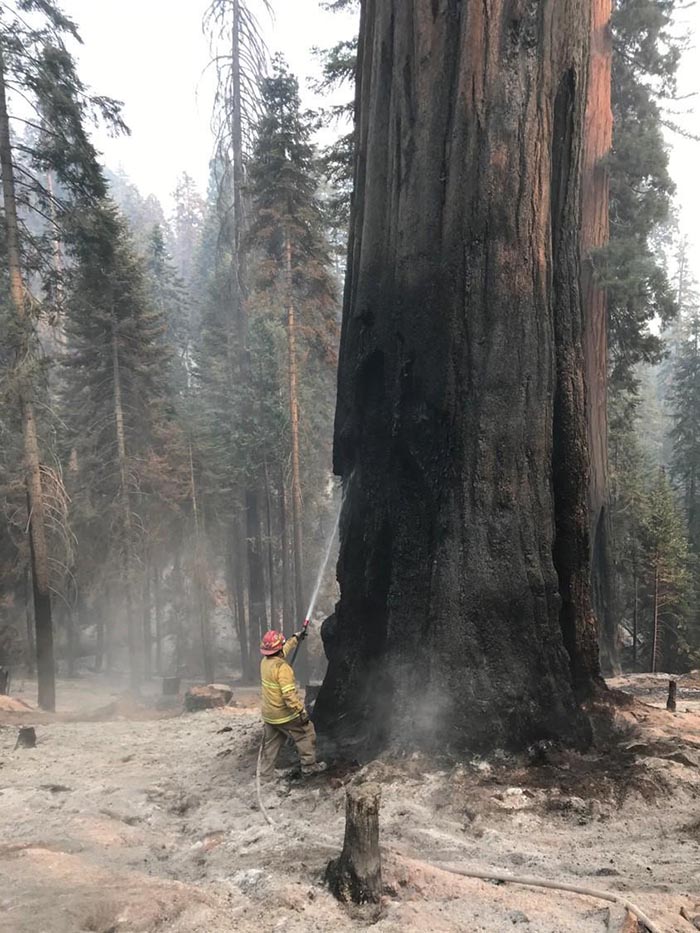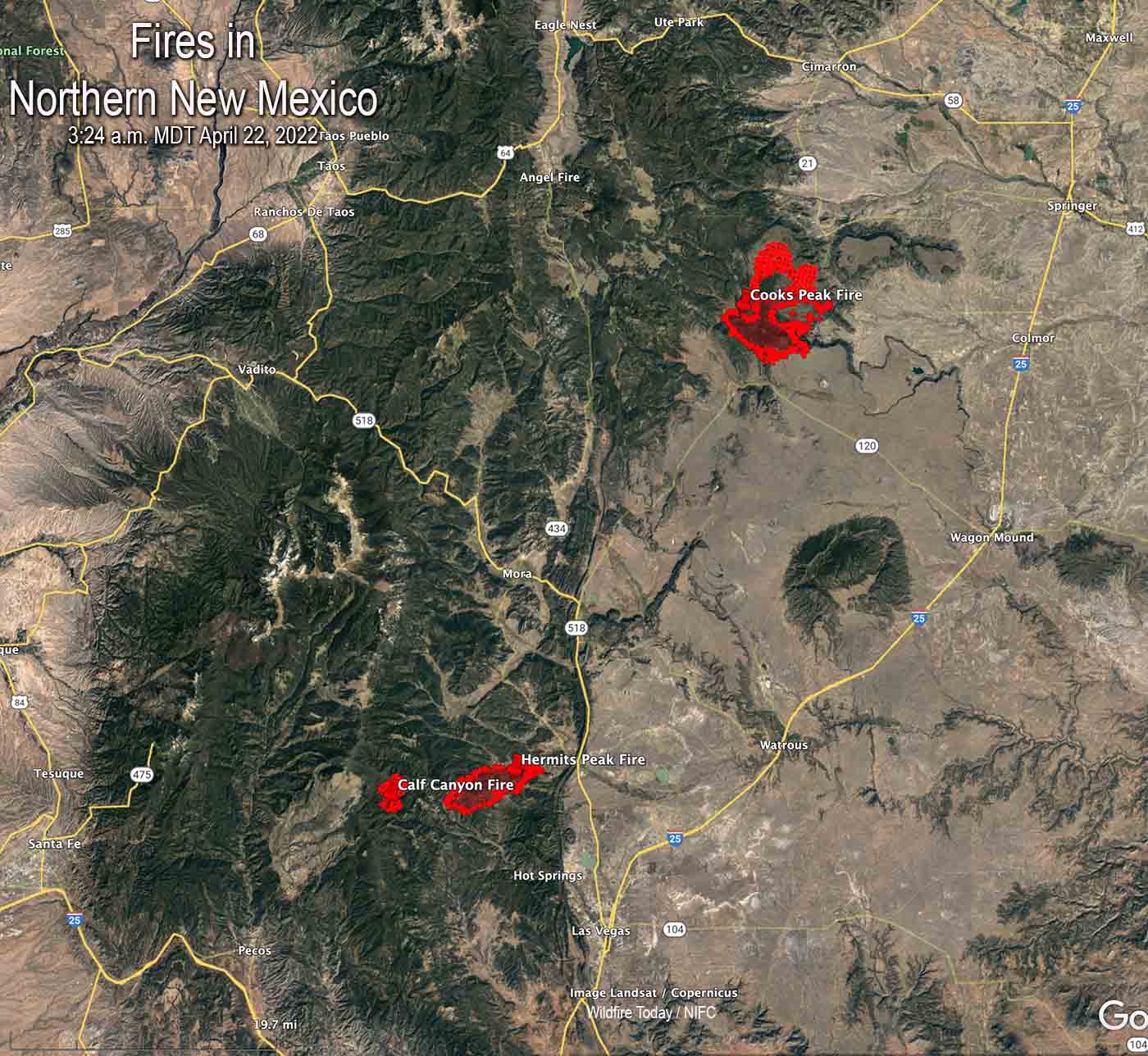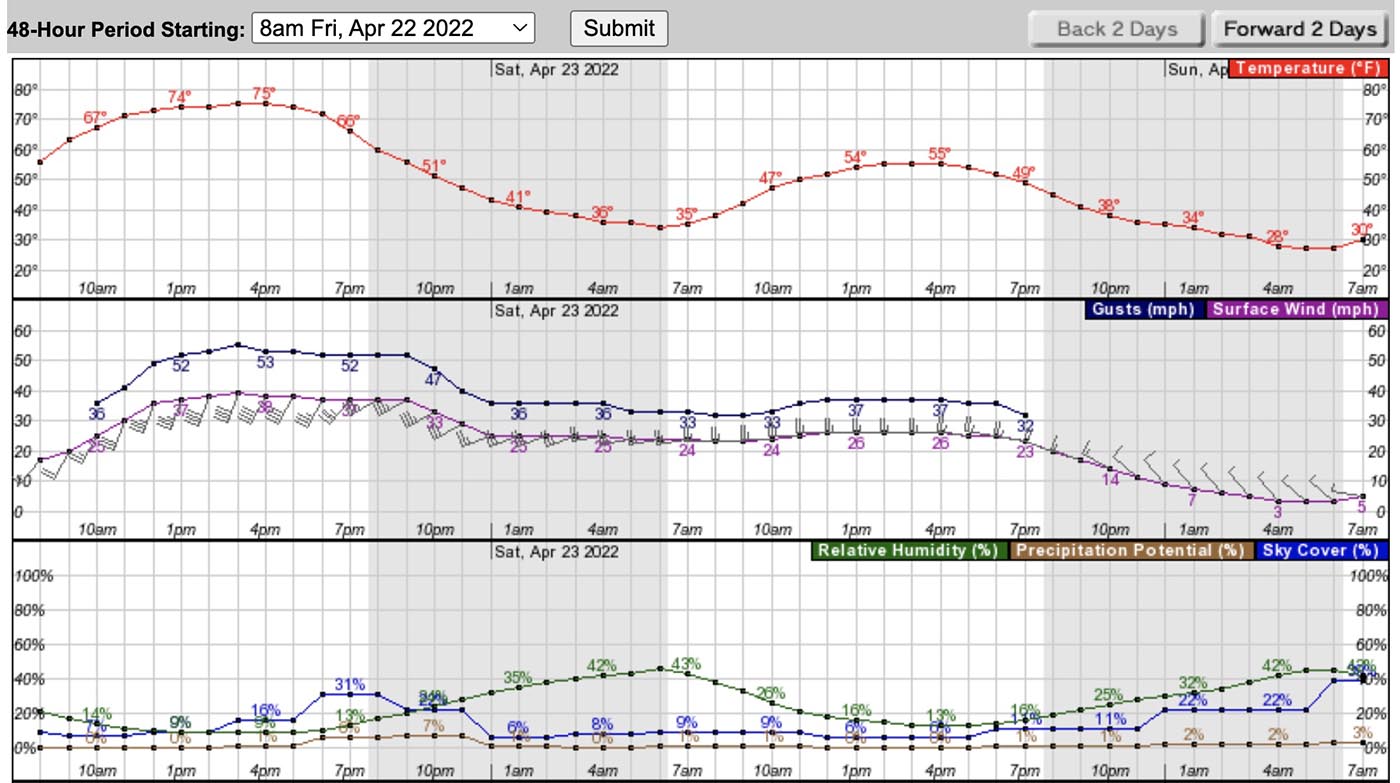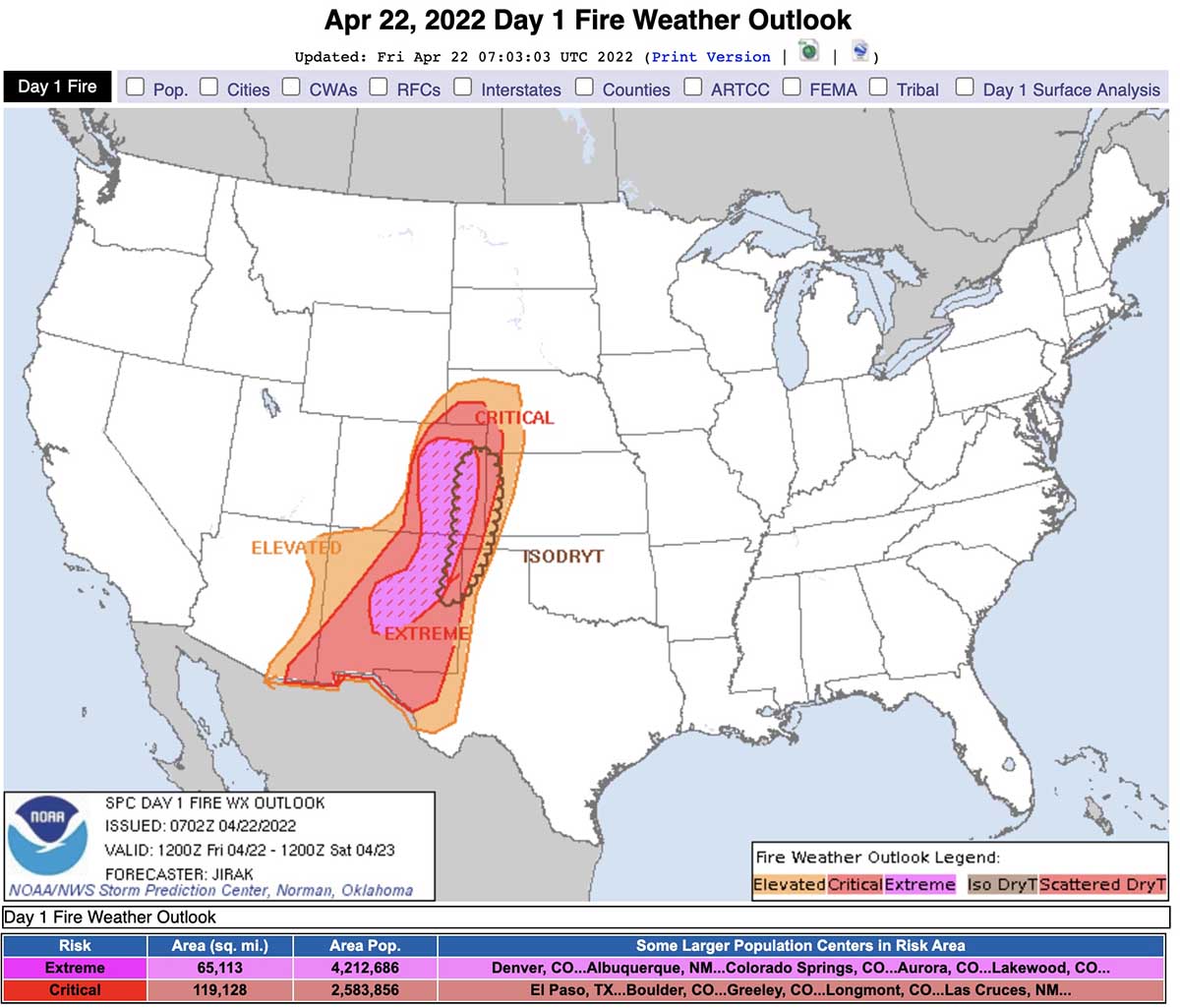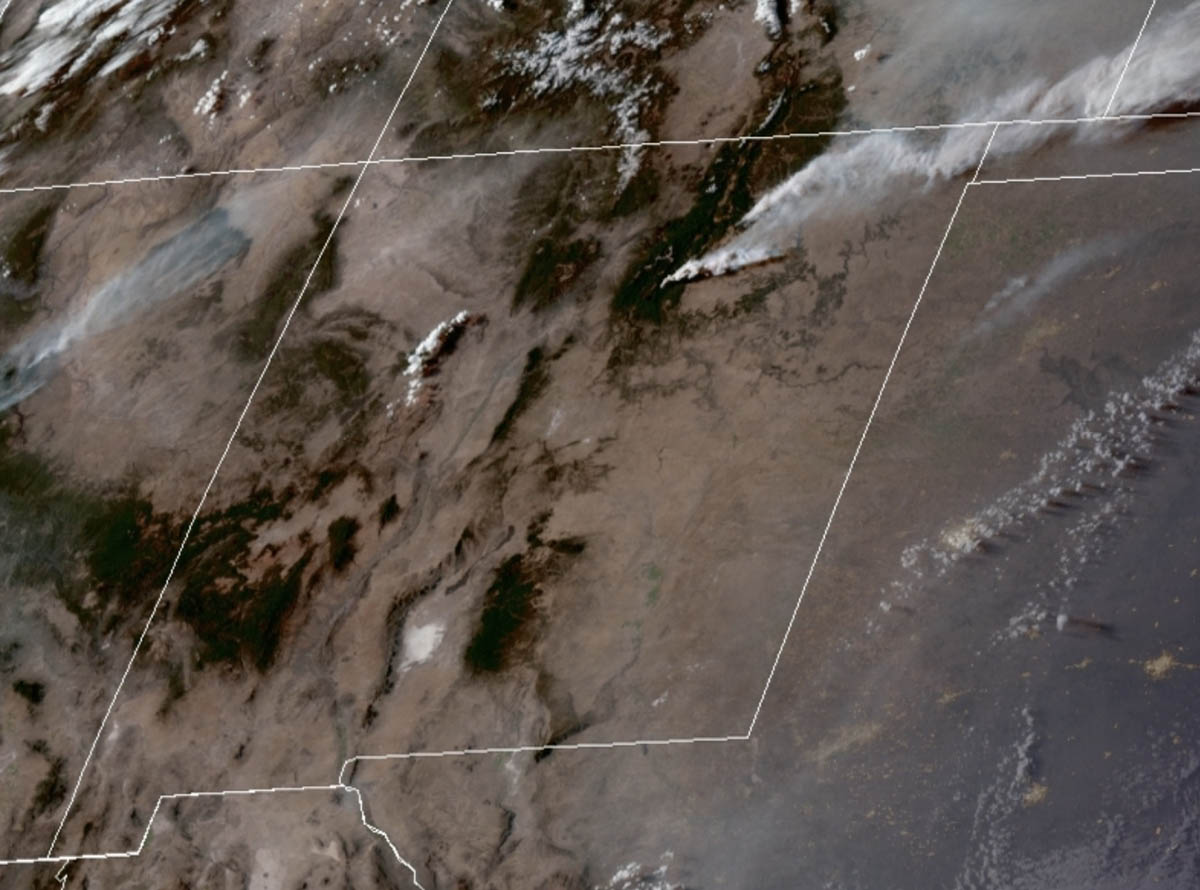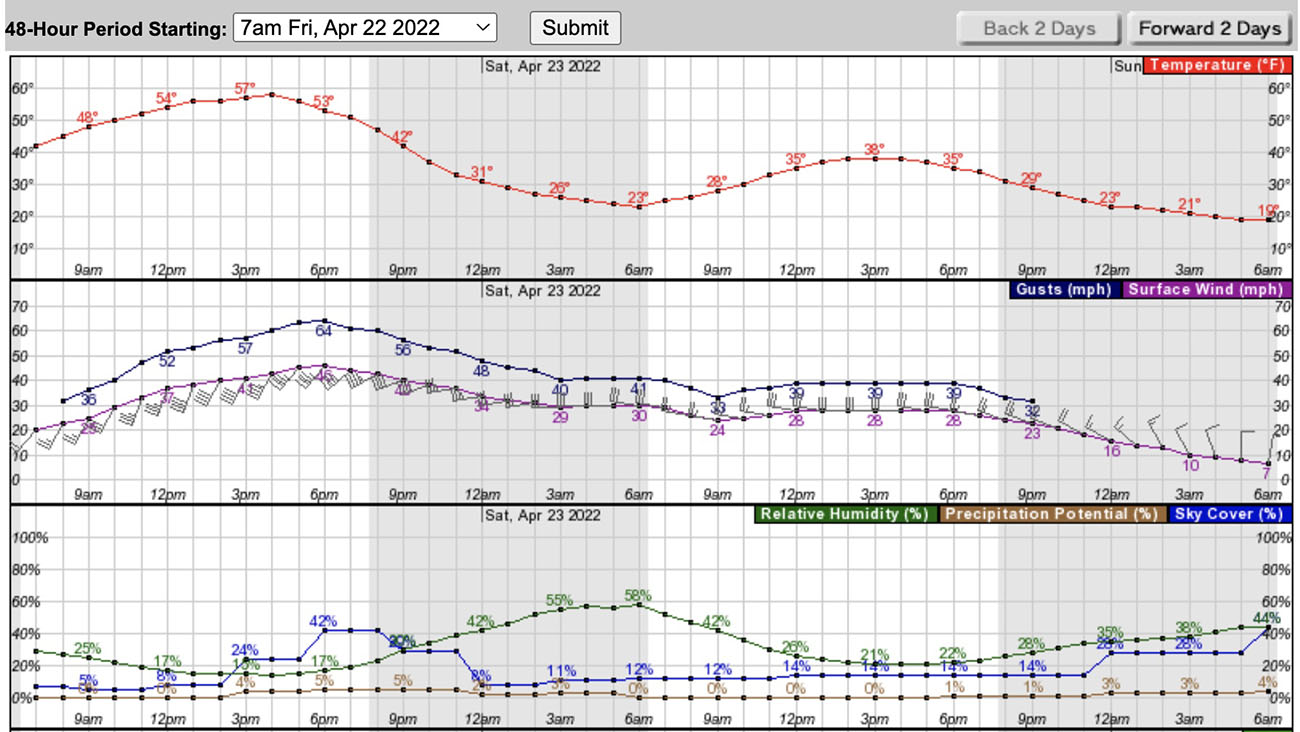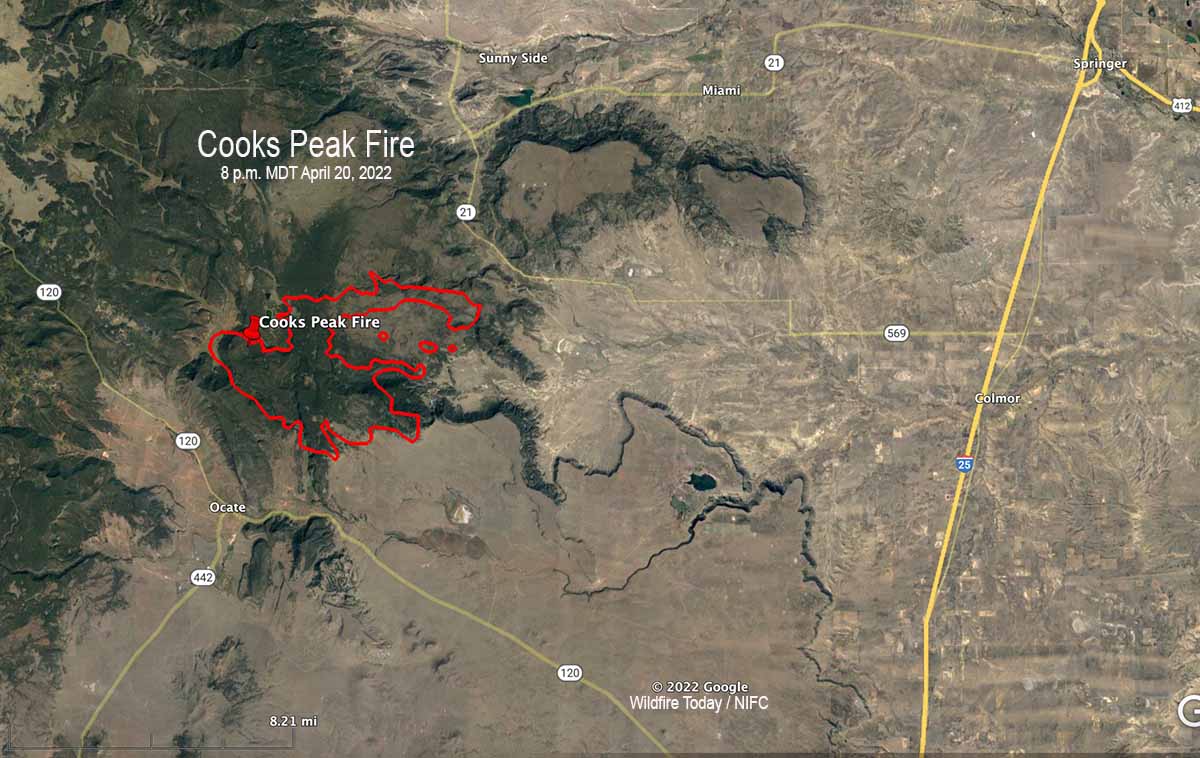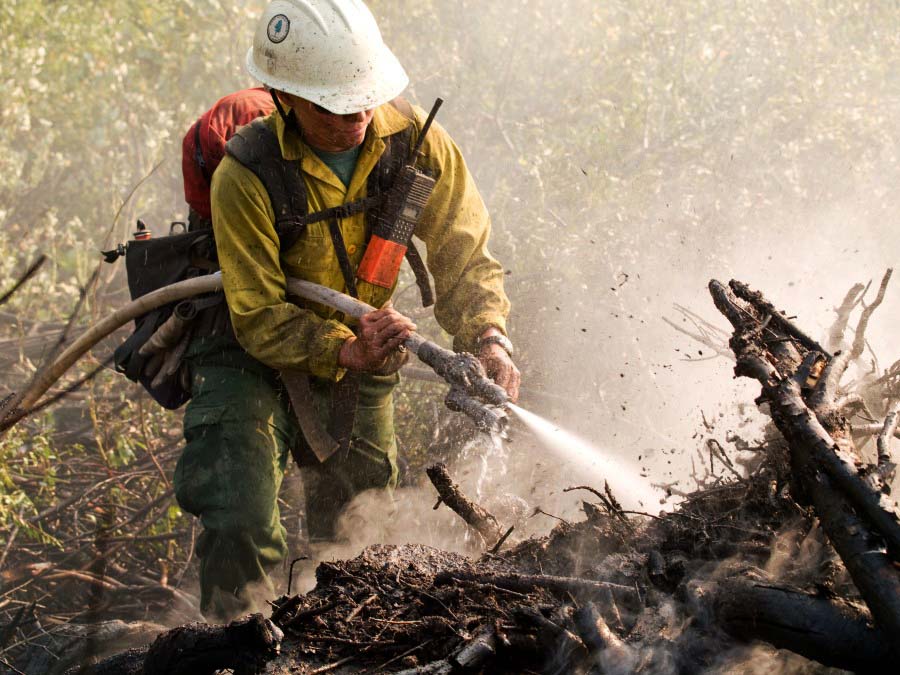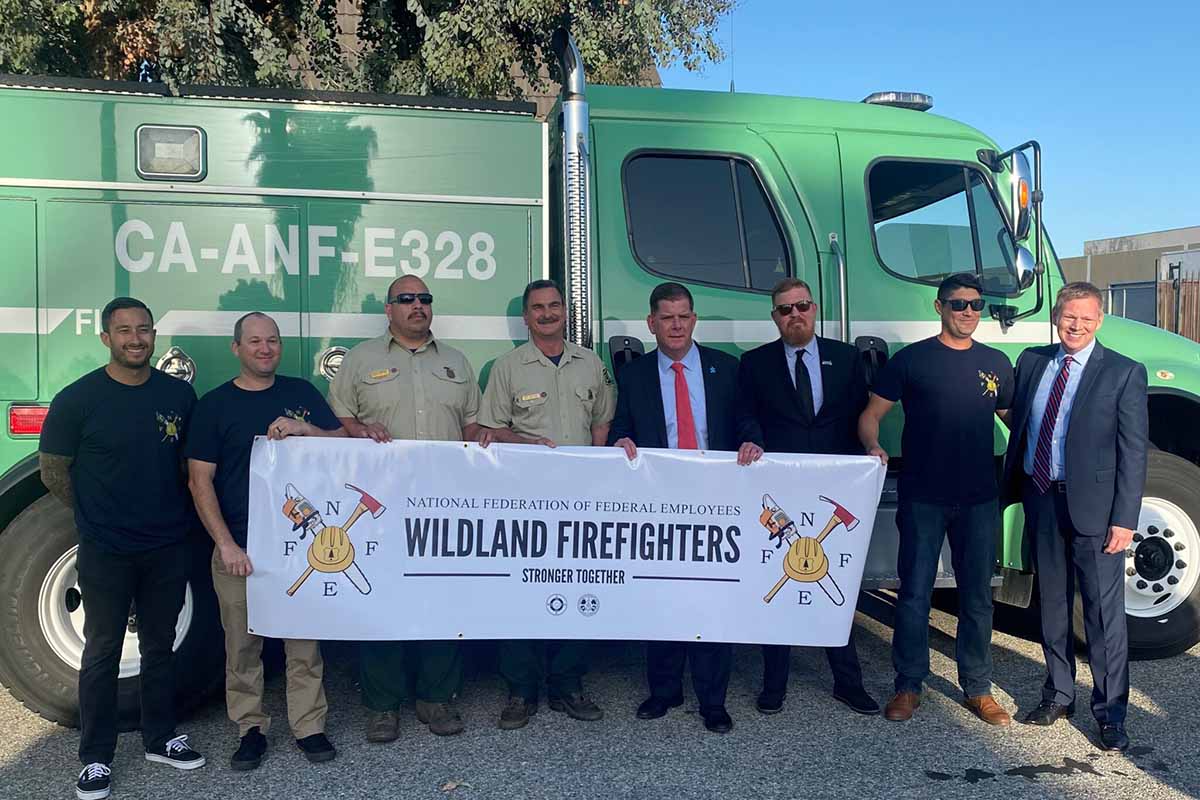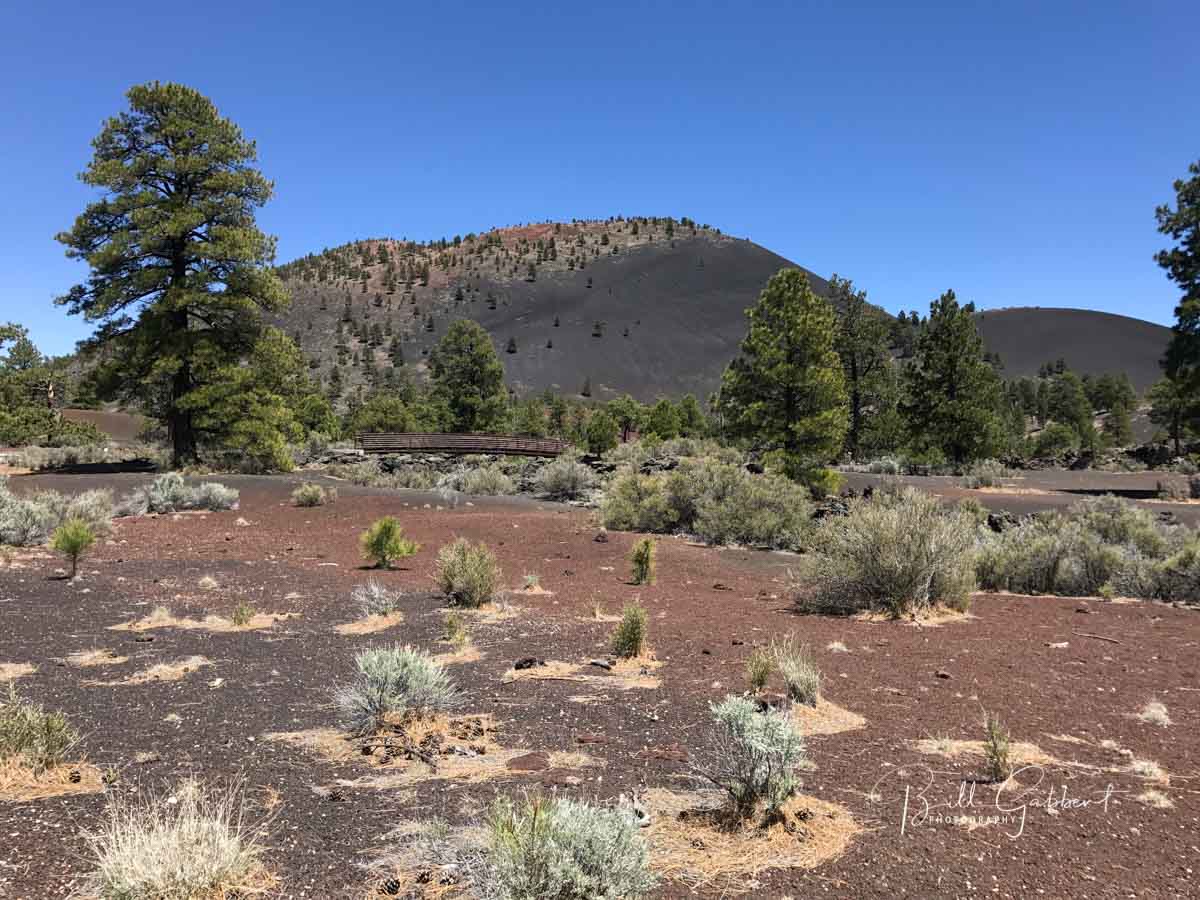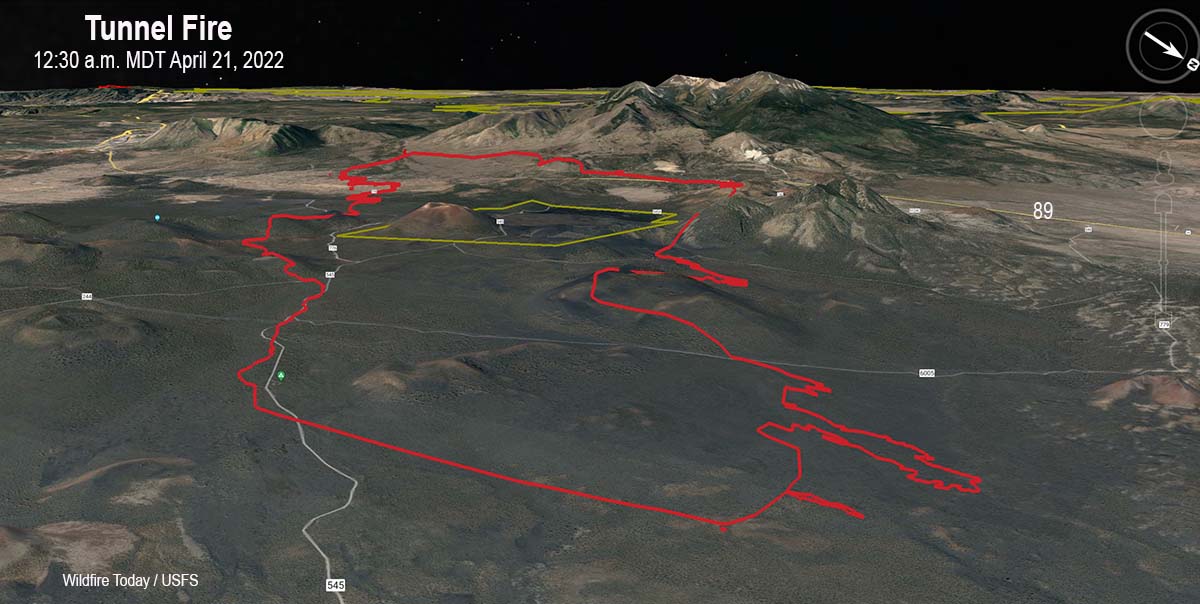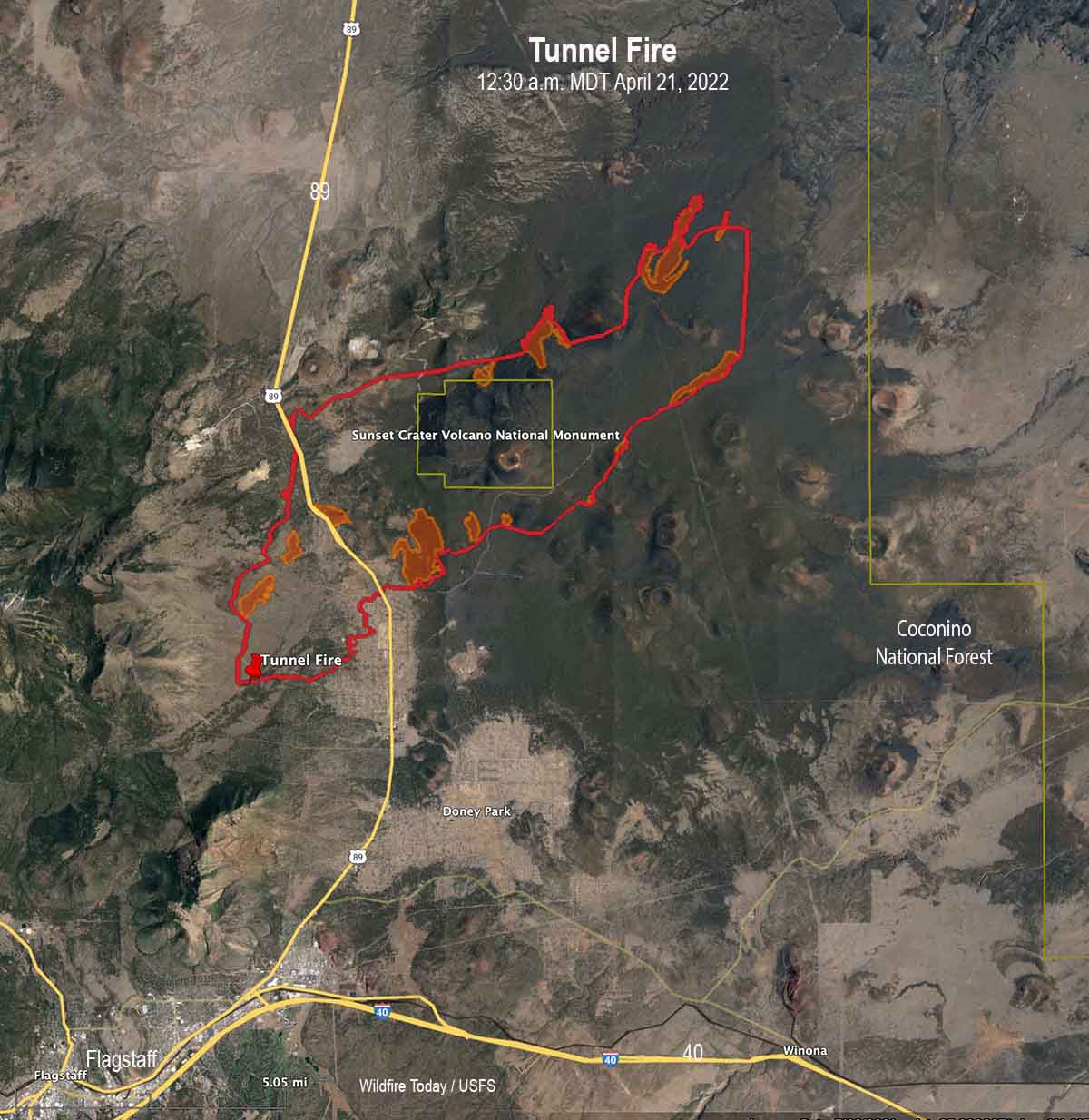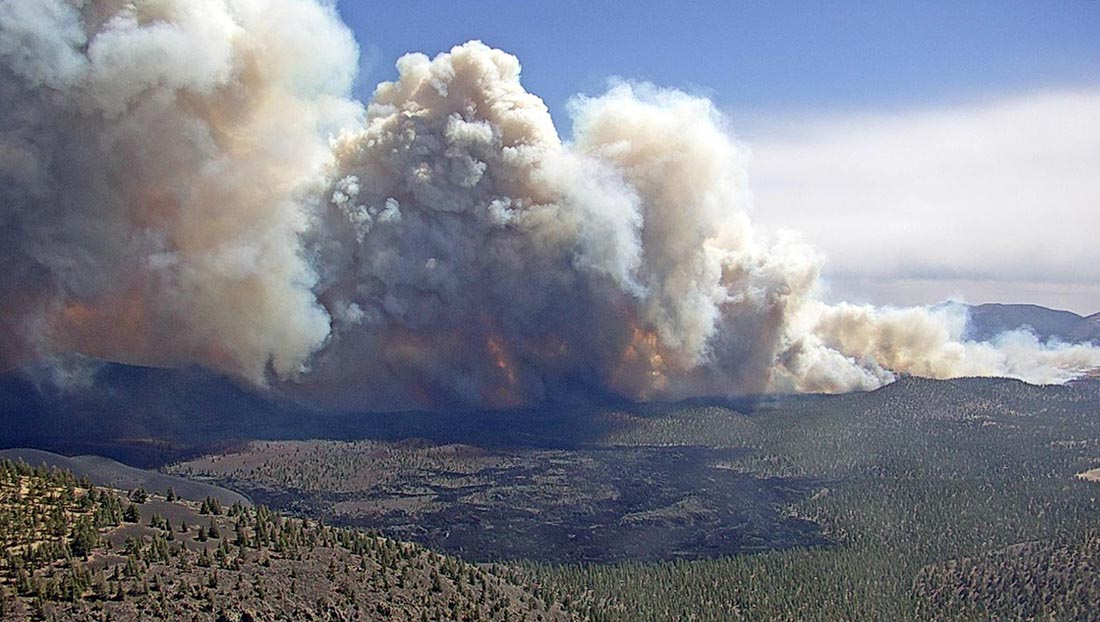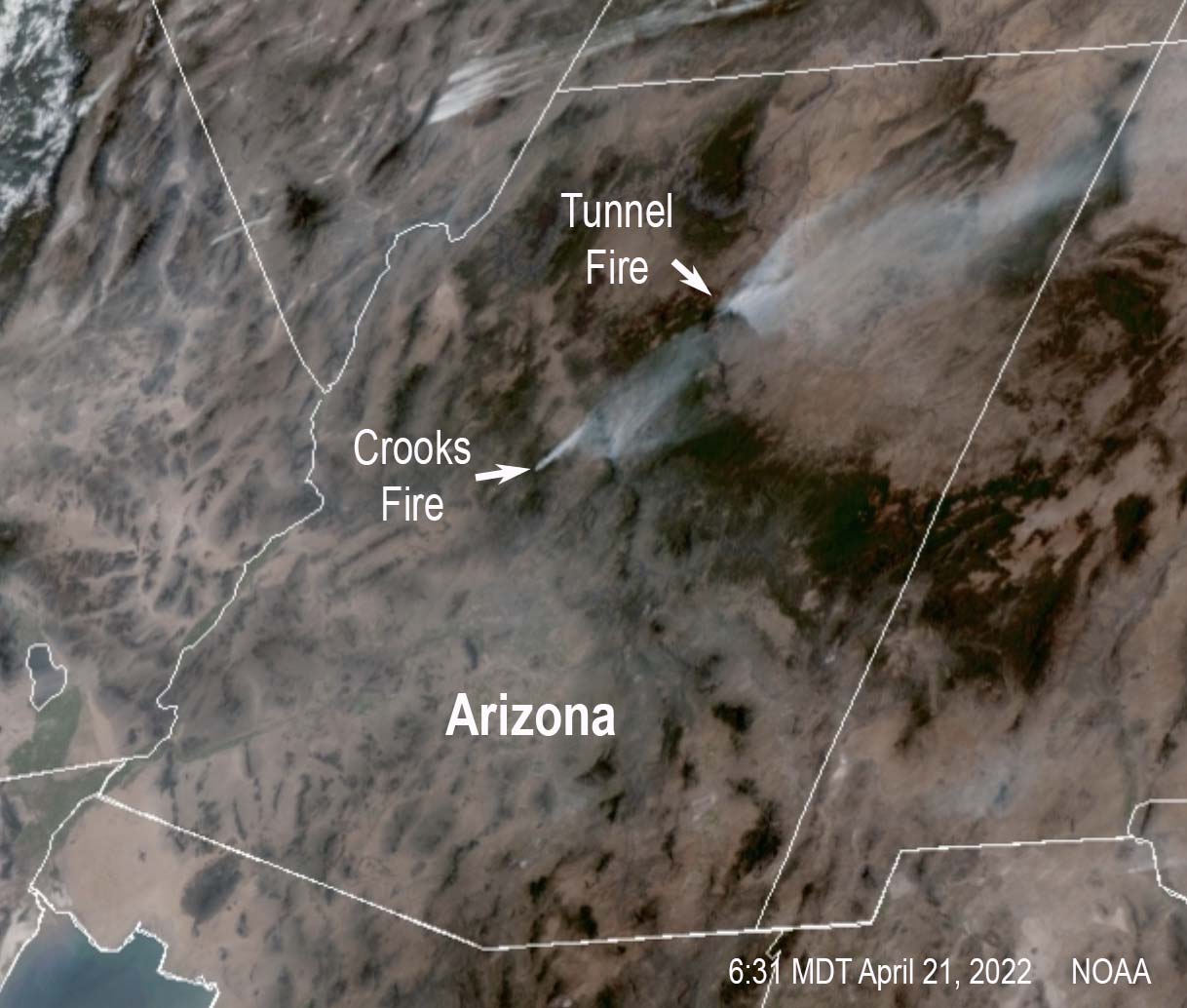
Today, on Earth Day, President Biden will sign an Executive Order to conduct the first-ever inventory of mature and old-growth forests on federal lands. This will be completed and made publicly available in a year with the objective of establishing consistent definitions and accounting for regional and ecological variation. The agencies will then analyze threats facing these forests, including from wildfires and other climate impacts.
After completing the inventory, the Departments of Interior and Agriculture will develop new policies, after public comment, to institutionalize climate-smart management and conservation strategies that address the threats facing mature and old-growth forests on federal lands.
We are losing thousands of giant sequoia trees that can live for 3,000 years
Nowhere is the need for protecting old growth forests more obvious than in the giant sequoia groves in California. In a two year period 13 to 19 percent of all giant sequoias in their natural range over four feet in diameter were killed by fire (and neglect) or will die in the next few years. In 2020, 10 to 14 percent of the entire Sierra Nevada population of giant sequoia trees over 4 feet in diameter were killed in the Castle Fire. Early estimates after two fires the following year, the KNP Complex and the Windy Fire, 2,261 to 3,637 sequoias over four feet in diameter were killed or will die within the next three to five years. These losses make up an estimated additional 3-5% of the entire Sierra Nevada sequoia population over four feet in diameter.
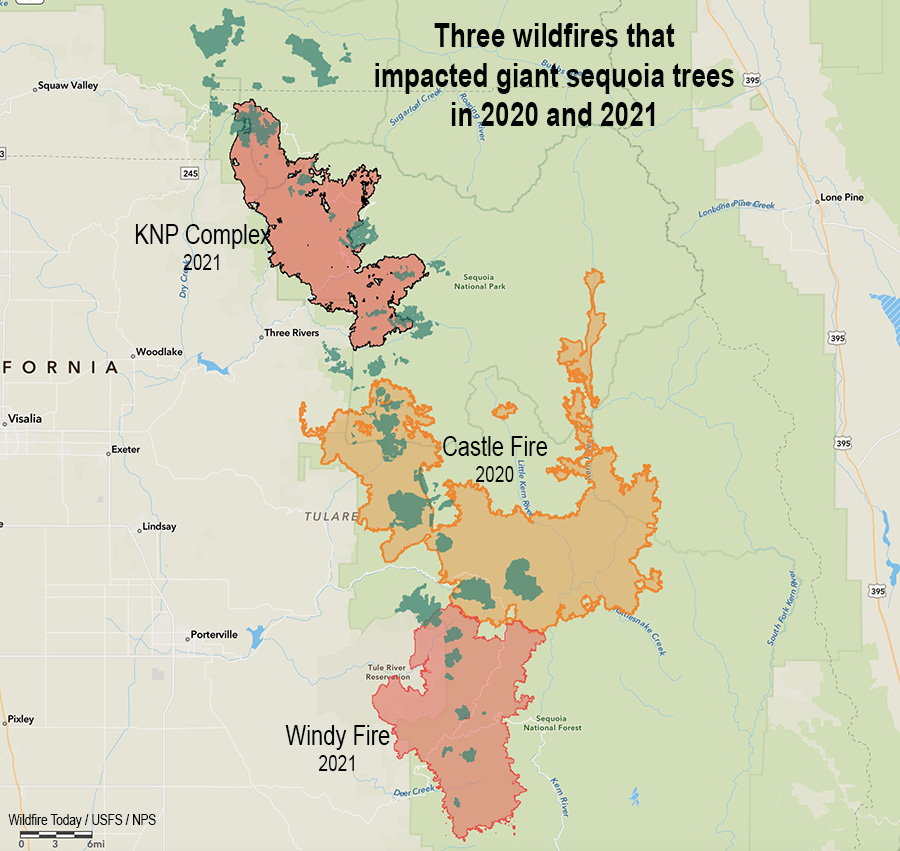
Under normal conditions giant sequoia trees can live for more than 3,000 years, which is 38 times the life expectancy of a human in the United States. The multi-year drought and higher temperatures have led to extremely dry fuel moistures which is causing wildfires in California and other areas to burn with unusual intensity, making even some of the giant sequoias with bark up to a foot thick susceptible to wildfires burning under these conditions.
It is probably safe to assume that when large fires are burning most of the priorities of the Multi-Agency Coordinating Groups for allocating scarce resources are decided by individuals with a history of on the ground firefighting. They may have a bias toward allocating more fire personnel to protect buildings, rather than fires where 3,000-year old trees 300 feet tall and 20 feet in diameter are being destroyed.
Since only approximately 100,000 of these mammoth trees are left that are larger than four feet in diameter, government employees allocating firefighting resources need to strongly consider the value of these treasures to the nation and the world, and that some of them have been living for thousands of years. It is disheartening to see hundreds of them destroyed in a matter of hours, especially if due in part to sending resources, instead, to protect structures that have not been hardened to FireSafe standards or constructed under reasonable county and city building codes.
The giant sequoias have already been inventoried. We know where they are. What NEEDS to be done is to ramp up the management of the fuels beneath these big trees, and greatly increase the prescribed fire programs around them on lands managed by the National Park Service, Forest Service, and Bureau of Indian Affairs.
